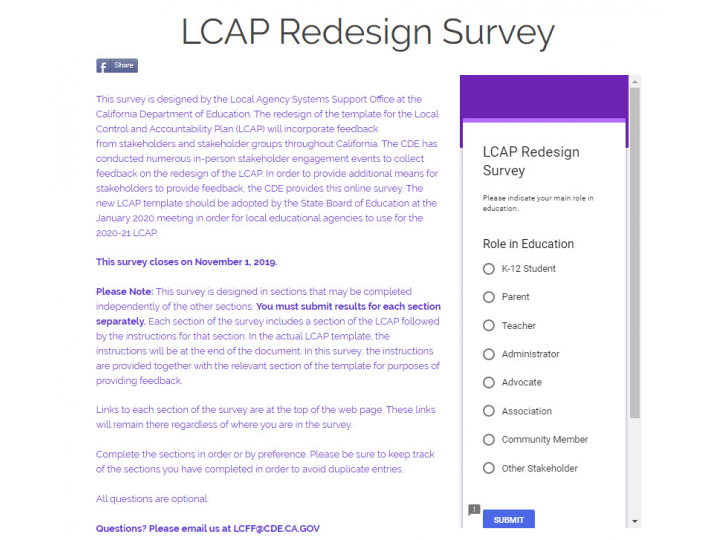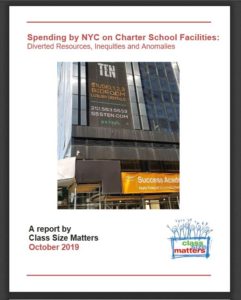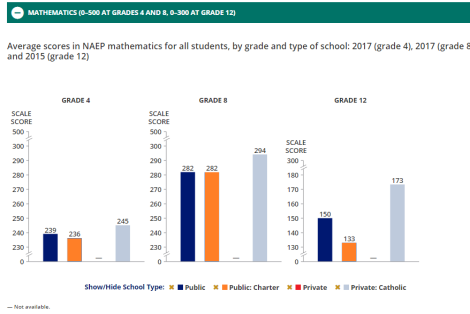Eighth county superintendent asks for state audit of Inspire charter schools - The San Diego Union-Tribune
Eighth county superintendent asks for state audit of Inspire charter schools
The superintendent’s letter includes concerns about Inspire’s rapid enrollment growth, questionable expenses
Fresno County Superintendent Jim Yovino asked a state fiscal agency last week to investigate concerns he has about potential conflicts of interest, questionable finances and unusually fast enrollment growth at Inspire Charter School Central, a school authorized by the small Westside Elementary School District in Fresno County.
The Inspire school changed its name this year to Yosemite Valley Charter School.
Yovino’s concerns echo those of other county superintendents and findings in an August investigation by The San Diego Union-Tribune of the Inspire charter school network. Yovino’s office first requested information from Westside Elementary about Inspire Central on Sept. 10, Yovino said in a letter to the state fiscal agency last week.
Yovino’s letter specified several concerns about Inspire Charter School Central including:
- The school’s enrollment has grown rapidly, from 248 students when the school opened in 2016 to 1,800 students two years later. That’s higher than what was projected in the school’s charter petition.
- The school’s attendance rates exceeded 100 percent and reached as high as 168 percent. State funding for schools is based on attendance.
- The school co-mingles funds with other Inspire-affiliated nonprofit corporations, including other Inspire schools and the Inspire District Office, the corporation founded by former Inspire director Herbert “Nick” Nichols that collects 15 percent of Inspire schools’ revenue for services. The schools and corporations borrow and lend money among themselves. Nichols signed the articles of incorporation for many of the entities, including Inspire Central and Inspire District Office.
- The school paid as much as $924,000 in one year for debt service interest and as much as $4.6 million in one year for contracting outside services. Last school year, the school estimated it collected about $18.5 million in revenue, according to Inspire’s financial documents.
- The school has no stated location within the boundaries of the school district that authorized it. It regularly serves students at several locations outside the district’s boundaries and outside Fresno County. State law says charter schools can only serve students outside the boundaries of their authorizing district in limited circumstances; charter schools are meant to primarily serve students in their authorizing district.
- As far as Yovino knows, the school changed its name and its managing entity without asking Westside for a material revision to its charter, as required by state law.
The state fiscal agency, called the Fiscal Crisis Management and Assistance Team, is required to fulfill the county superintendents’ audit request.
The superintendents’ concerns are still allegations; they must be verified by the state fiscal team, which will work to determine whether fraud has occurred.
Inspire District Office Executive Director Steven Lawrence has said Inspire is prepared to work with the state fiscal team.
“As an organization, we are committed to continual improvement of our practices in order to better serve our students and families,” Lawrence said in a previous statement about the superintendents’ audit request. “We expect the FCMAT experts will ultimately be able to provide additional guidance and direction that will be useful for all of our schools going forward.”
Lawrence took over for Nichols as executive director of Inspire District Office last week. Inspire announced on Friday that Nichols resigned for undisclosed reasons after being on a leave of absence for weeks.
Inspire offers families a home school model and provides $2,600 or more per student for families to buy classes, curriculum, field trips, extracurricular activities and more. Inspire has at least a dozen schools throughout California and was expected to enroll 35,000-plus students this year.
























